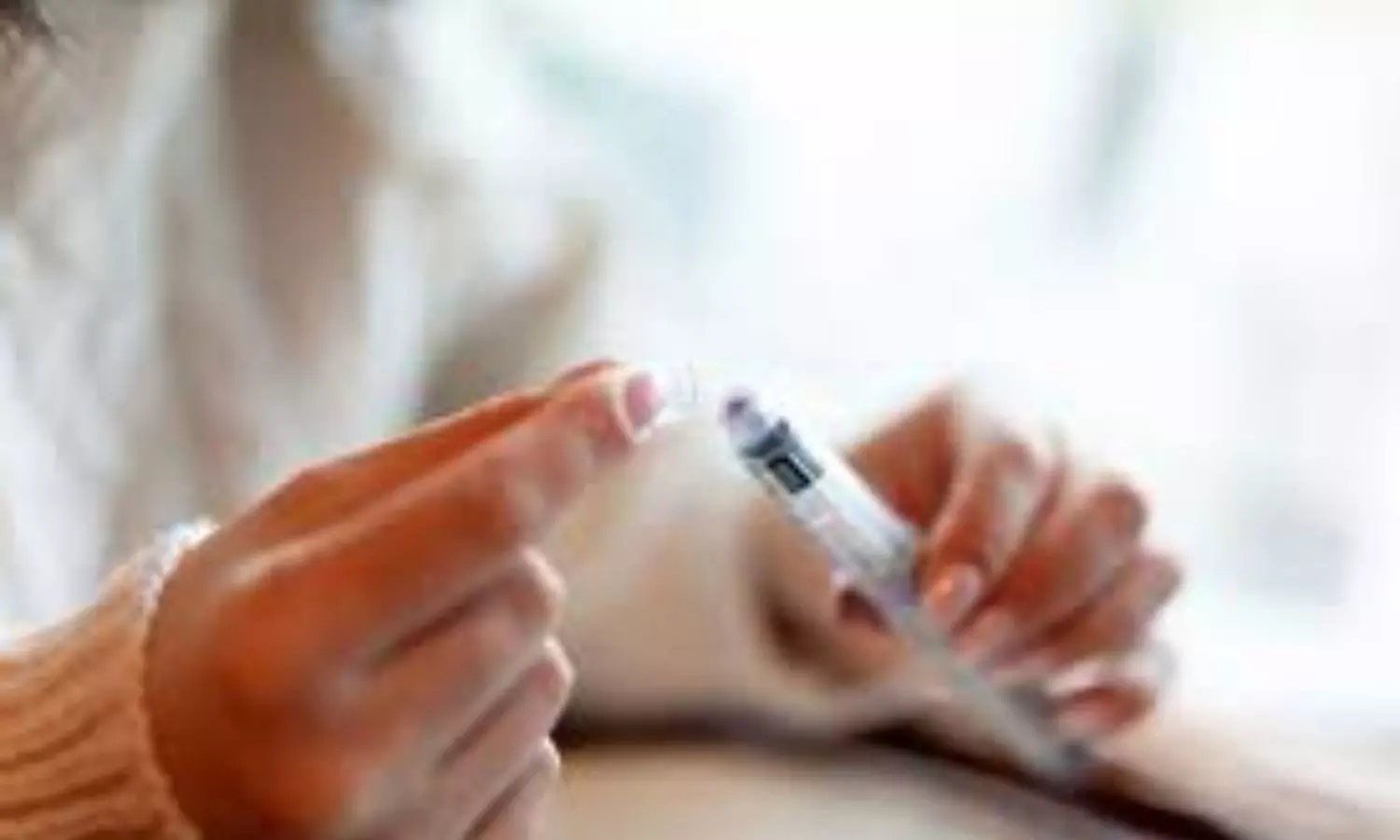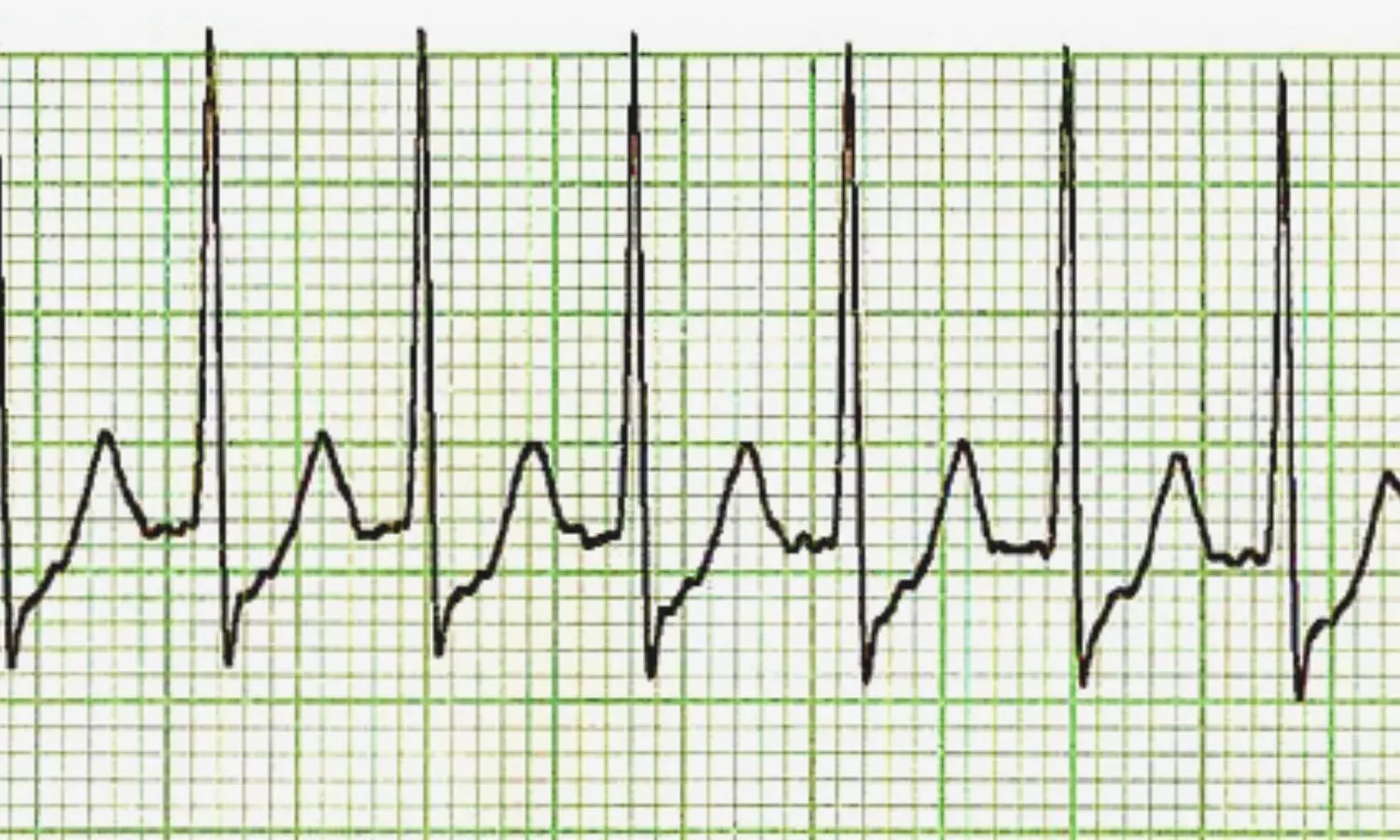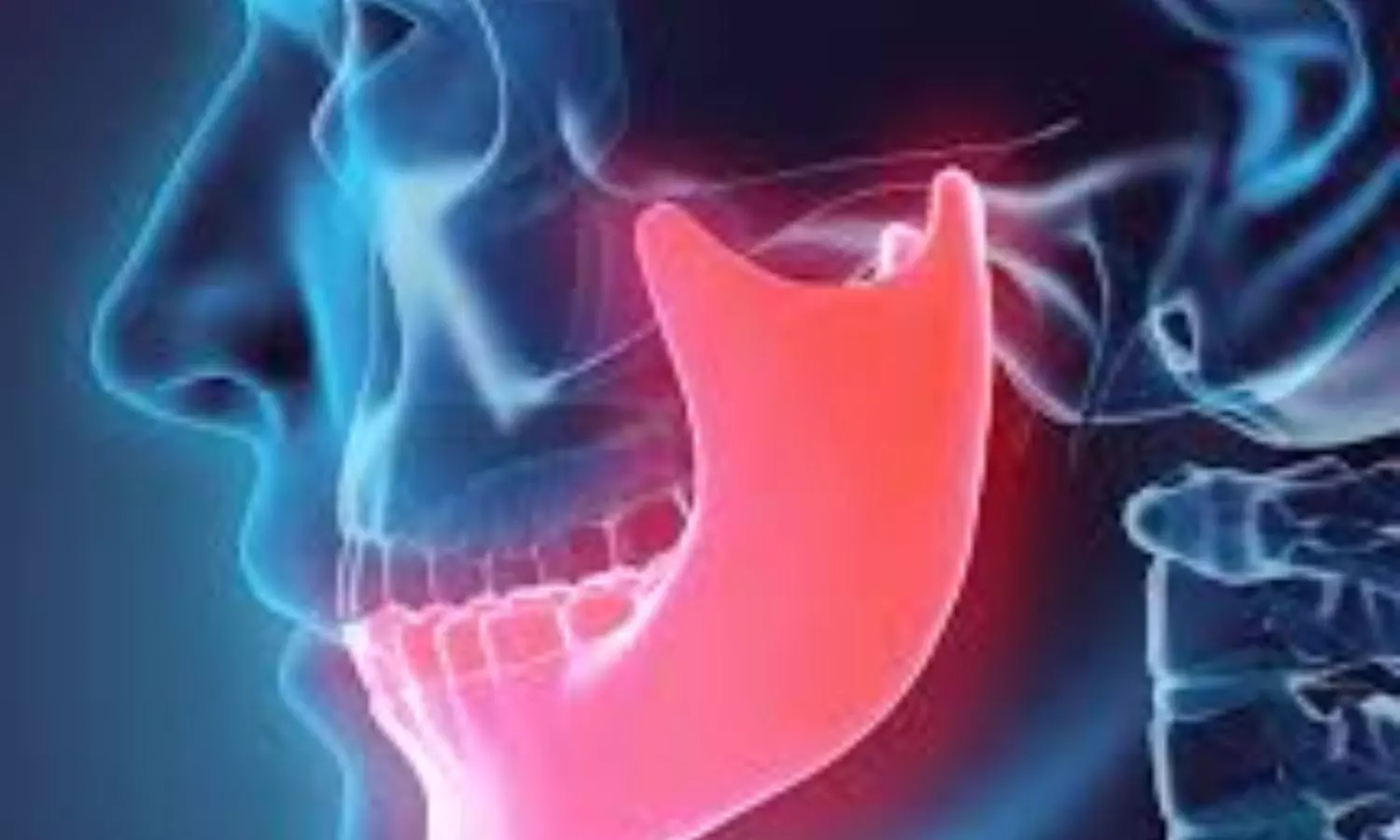Dr MI Sahadulla bags International Recognition by Royal College of Physicians

Thiruvananthapuram: Dr MI Sahadulla, Chairman and Managing Director, KIMSHEALTH, has been conferred with the prestigious International PACES Champion Award 2024 by the Federation of the Royal Colleges of Physicians of the United Kingdom.
This recognition highlights Dr. Sahadulla’s exceptional contributions and unwavering commitment to the PACES (Practical Assessment of Clinical Examination Skills) examinations conducted internationally. The award was presented by Dr. Graham Curry, Chair Examiner from the Federation, at an official event held at Hotel Gokulam Grand, Thiruvananthapuram.
Also Read:AIG Hospitals Chairman Dr Nageshwar Reddy honoured with Legend of Endoscopy Award in Tokyo
The International PACES Champion Award is the highest honour conferred by the Federation on individuals who have significantly contributed to the success and global outreach of the MRCP(UK) examinations. Dr. Sahadulla is one of only ten recipients worldwide this year, and one of just four internationally recognised awardees.
Speaking on the occasion, Jane Chopping, Policy Officer at MRCP(UK), said, “We are delighted to present Dr. M.I. Sahadulla with the 2024 International PACES Champion Award in recognition of his exceptional commitment and dedication to the conduct of the PACES exams.” This accolade stands as a testament to Dr. Sahadulla’s leadership and the high standards maintained by KIMSHEALTH in the field of medical education and clinical examination.
Medical Dialogues had earlier reported that Ushalakshmi Breast Cancer Foundation and KIMS USHALAKSHMI Centre for Breast Diseases based out of Hyderabad along with Brahma Kumaris are proud to have achieved a second new Guinness World Record title for ”Highest views of a Breast Cancer Awareness lesson on YouTube in 24 hours”. A record 6218 people from across the world have viewed this Guinness World record Presentation on YouTube & benefited from this historic and landmark empowerment drive. Presenting the Guinness World Record (GWR) at KIMS Hospitals, Mr Rishi Nath, the Asia Pacific Adjudicator for this Record Event complimented Dr P Raghu Ram for his lucid Presentation for over 40 minutes.
Also Read:Applications Open! Lady Tata Memorial Trust Young Researcher Award 2025; Check All Details
Powered by WPeMatico









